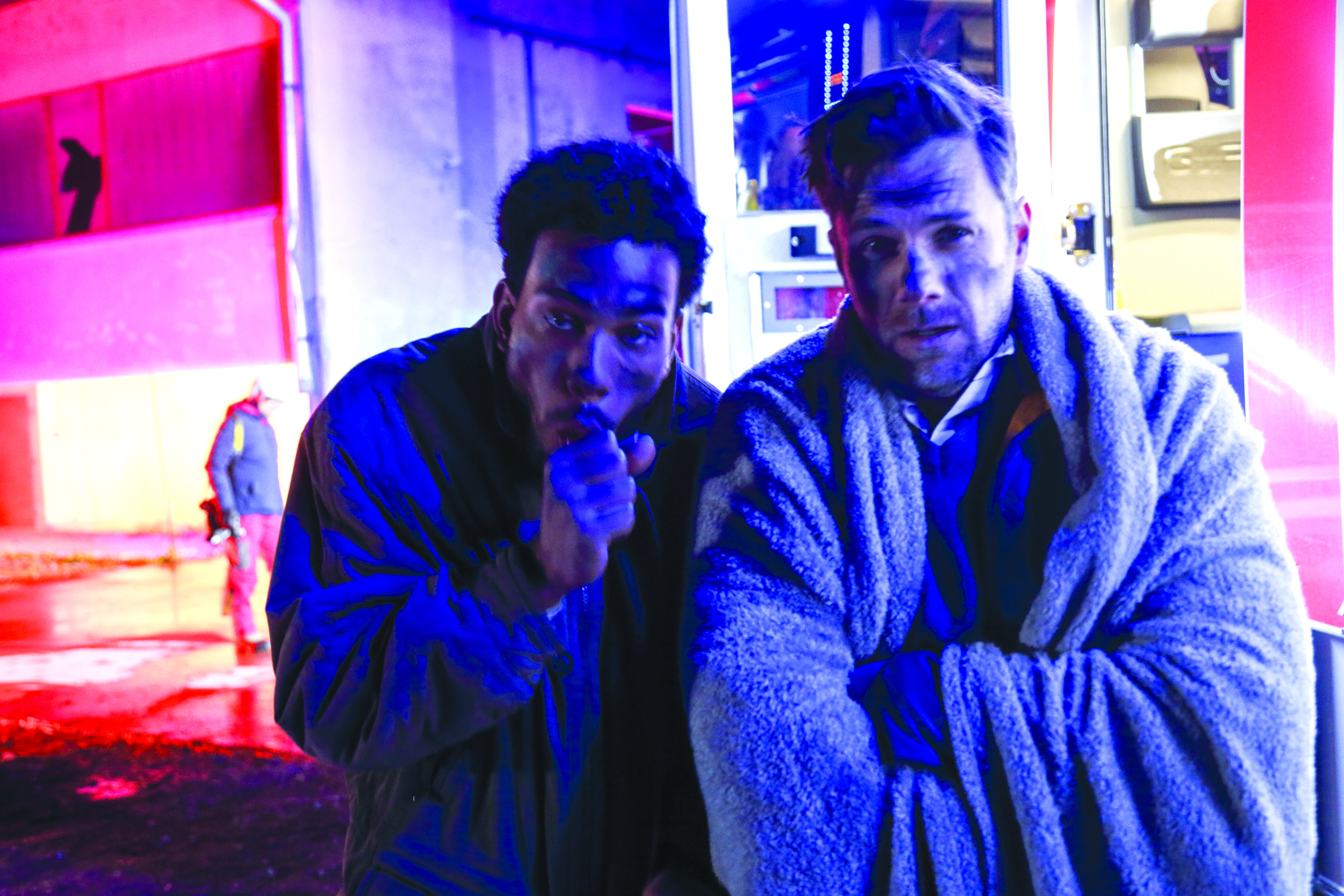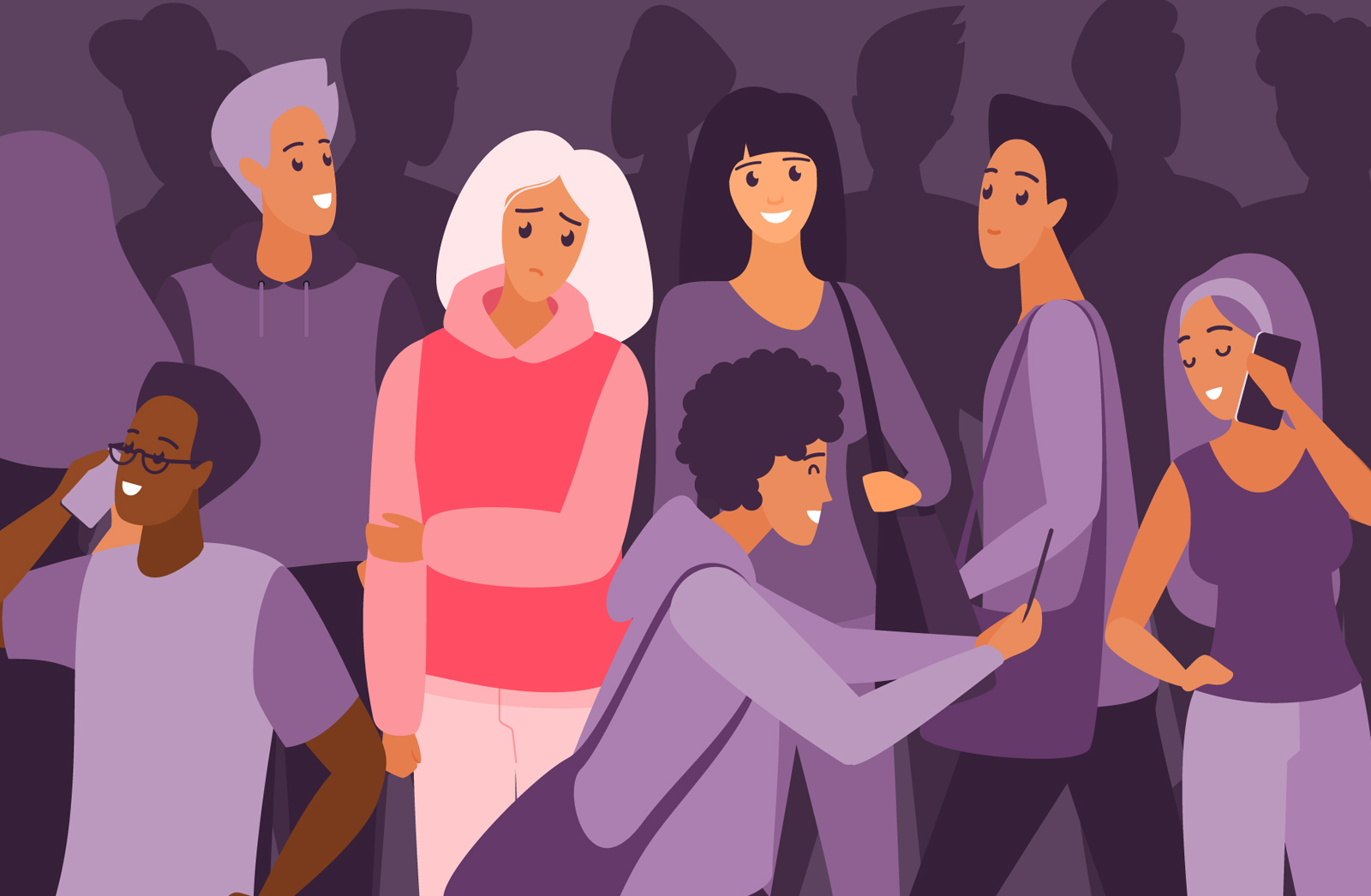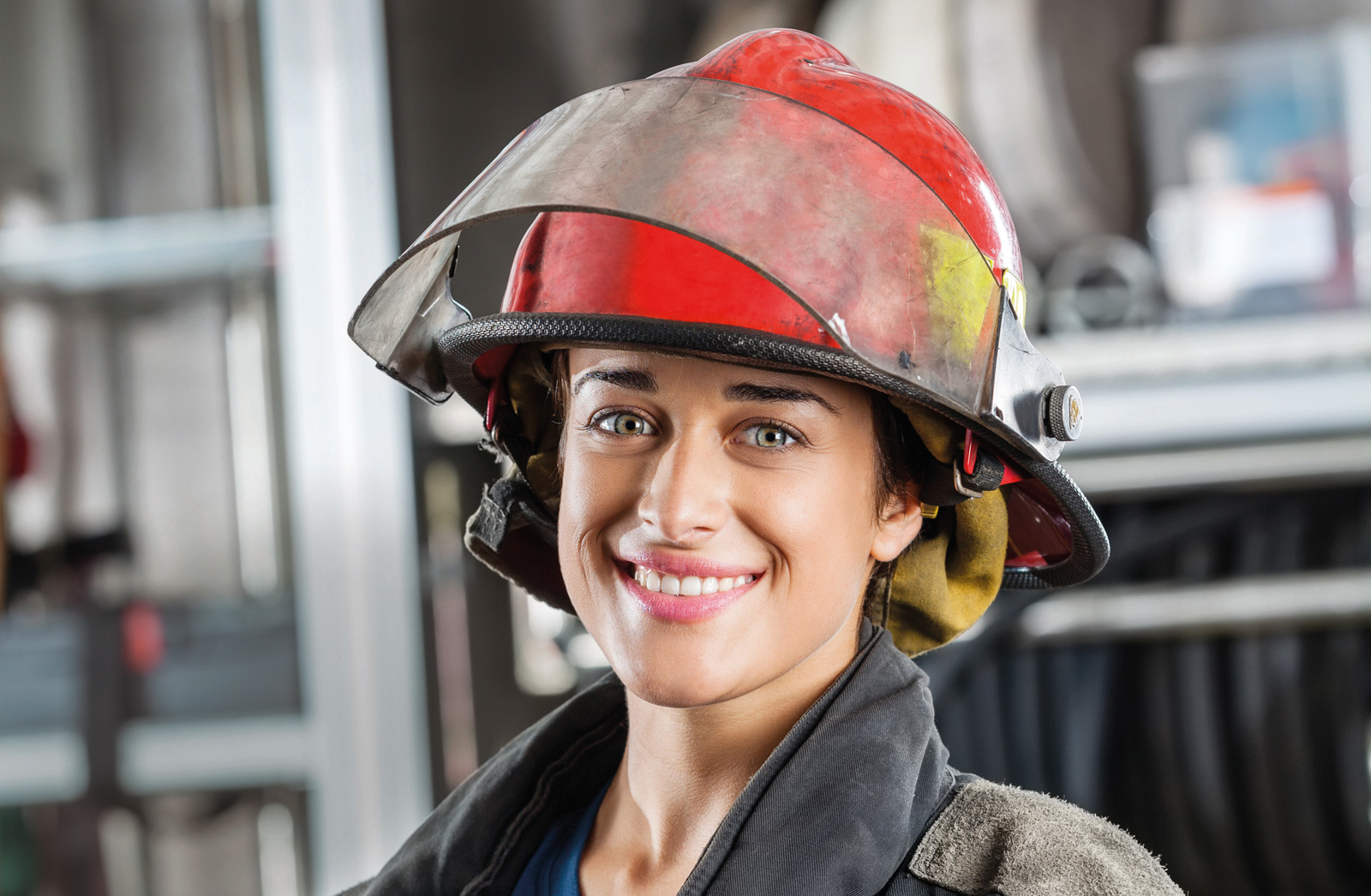By MADD Canada
Individuals who are involved in impaired driving crashes often incur bruises, broken bones, and head injuries. But unlike many crash survivors, those with burn injuries wear the scars of their trauma for the world to see. This can be both physically and psychologically devastating. Burn survival and mortality rates have improved substantially as a direct result of medical advancements which often include painful and sometimes lifelong medical procedures. With survival comes a need for information and support to cope with the emotional, mental, and spiritual issues that also remain.
The experience
When a person is burned, their body triggers a “fight or flight” response which causes increased respiration and blood flow to muscles and limbs, intensified awareness, enhanced impulses, and diminished pain.
Depending upon the size and degree of the burn, there is the risk of respiratory failure and shock which reduces blood flow to vital organs and affects blood pressure, heart rate, breathing and consciousness. Shock may also account for a survivor’s inability to recall details of a crash.
Thermal burns are caused by intense external sources of heat, such as flames, scalding liquids, or steam.
Degrees of burns
Burns are assessed by their size in relation to the entire body and by their depth. The severity of a burn injury is not only determined by burn classifications, but also by age, previous health status, the size of the injuries and other medical complications related to the fire. It is often difficult to accurately assess a burn at first glance as the injury may change over the first several days following exposure.
A first degree burn involves the top layer of skin—the epidermis. It is superficial, meaning the body can heal itself quickly by creating new, healthy cells in a process called epithelialization. First degree burns appear pink to red, can be painful with swelling, and typically leave no scarring.
Second degree burns involve the first and second layer of skin—the dermis. The dermis contains blood vessels, lymph vessels, hair follicles, oil glands and sweat glands. While the body can heal from second degree burns by epithelialization and a process called contraction that closes the wound around the surrounding skin, scarring and thickening frequently occur so doctors often recommend skin grafts. Healing can take up to six months.
Third degree burns involve all layers of the skin. They destroy all of the epidermis and dermis, plus nerves, hair, glands and vessels so the body cannot repair itself. Skin grafts must be performed to prevent infection.
Fourth degree burns involve the damage of bone and muscle and are rare.
Burn treatment
When the patient reaches a trauma unit, the medical team works to stabilize their vital functions. The team assesses the injured for shock and respiratory failure. Fluid replacement, intravenous feeding and mechanical assistance to breathe may also be necessary.
Burns need to be cleaned once or twice daily and dressed with medicated creams. This cleansing removes dead skin, old cream residues, and secretions from the skin. As skin protects the body from contamination there is serious risk of infection which remains until the burns heal or are completely grafted. The regimens required to treat burns can be just as painful as the burns themselves. Pain medications, anti-anxiety medications, and relaxation techniques are often utilized to address pain issues.
Skin grafting is the next crucial step in treatment. First the injured tissue is surgically removed if the destroyed skin does not separate naturally. Then a section of healthy, unburned skin is removed and attached to the area destroyed by the burn. At times, skin donated from other people is used. This skin is temporary and used when donor skin is scarce. Depending upon the extent of the injury, some survivors require multiple surgeries. The area of a graft is not moved for up to five days following surgery in order for the graft to become secure, after which exercise programs, tub baths, and other activities resume. Exercise helps manage swelling, helps the burn to heal, and promotes range of motion when contraction occurs.
The burn trauma survivor
The first several days or weeks after burn trauma can be hazy. Because of the nature of the injuries and treatments, the hospital can become a comfortable, protective, and insulated environment. But, stays are becoming shorter and the return home is often hard to take. The reality of scarring or disability may not hit until arriving home and survivors may be confronted with altered appearances, altered self-image, physical impairments, and psychological reaction. A new appearance or disability can cause depression, shame, fear of being devalued or being uncovered and diminished self-esteem. Acceptance that it will be difficult at first, but in time may become easier is key.
Physical healing can take weeks, months, or even years. Survivors may not be able to use limbs, digits, etc., and therefore will be dependent upon others or devices to complete tasks. Physical challenges and their subsequent treatments can contribute to sadness, anxiety, and anger. Collectively, these reactions are often referred to as grief which can be compounded by the death or injury of a loved one who was also involved in the crash. Family and friends may also grieve not only for the patient’s losses, but their own as well.
Post traumatic stress disorder
Those with PTSD might be driving in their car and suddenly have thoughts of the crash or perceive sensations (images, smells) that “bring them back” to the crash. They may wake-up in the middle of the night in a panic due to a nightmare. Disruptive moments may come without warning and over time can cause people to avoid situations and people. Sometimes intrusive thoughts seem so real that survivors feel that they are reliving the traumatic event. Other people may have found ways to avoid feeling anything at all.
Understanding the trauma
The world is forever changed when someone experiences a trauma. Safety, security, predictability, and sense of control often become distorted. In order to regain a more accurate perspective of the world experts suggest working with a professional to understand what happened.
Common grief reactions might include:
- Disbelief, sadness, fear, guilt, vulnerability, anger and rage
- Impaired concentration and diminished self-concern
- Search for meaning and/or social withdrawal or spiritual confusion
- Sleep or appetite disturbance and decreased motivation.
How to cope
Despite the hurdles most people recover from their burn injuries and adapt well. These tips may help:
- Take things one day at a time. Set simple goals and develop a daily routine. Learn to accept responsibility for your own physical, emotional, mental, and spiritual healing, but allow others to help you.
- Follow the instructions of your doctors and therapists to ensure proper rehabilitation. Attend regularly scheduled medical appointments.
- Acknowledge your feelings by sharing them with family and friends, a counselor, a support group, or by writing them down in a journal if you can. And, pursue professional help when it’s needed.
- Employ the use of resources such as corrective cosmetics and devices.
Tips for family and friends of the survivor
Acknowledge that the burn survivor is responsible for their own healing, but they also need your support. Pushing the burn survivor before they are ready may produce undesired results. Each survivor’s healing and adaptation is highly individual.
- Take shifts in caring for the burn survivor in order to provide much needed respite to one another. Keep a written schedule.
- Help the burn survivor follow the instructions of medical personnel. This may include offering encouragement or agreeing to transport them to scheduled appointments.
- Be sensitive and keep the lines of communication open between friends and family and the person.
- Ask for professional help if your feelings of sadness, anxiety and/or anger persist.
Excerpted and reprinted with permission from madd.ca














